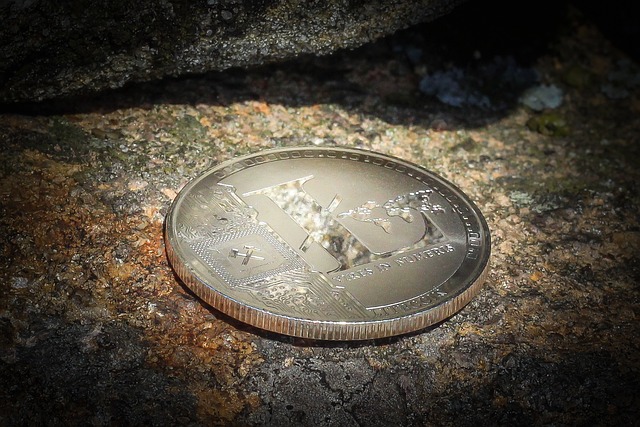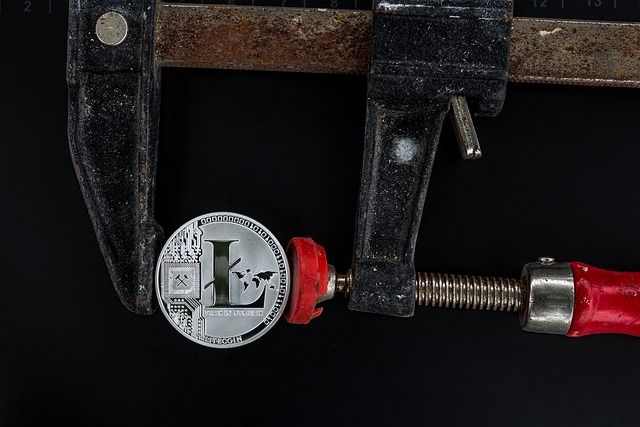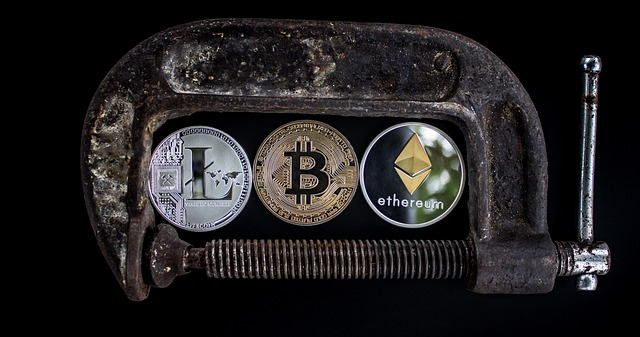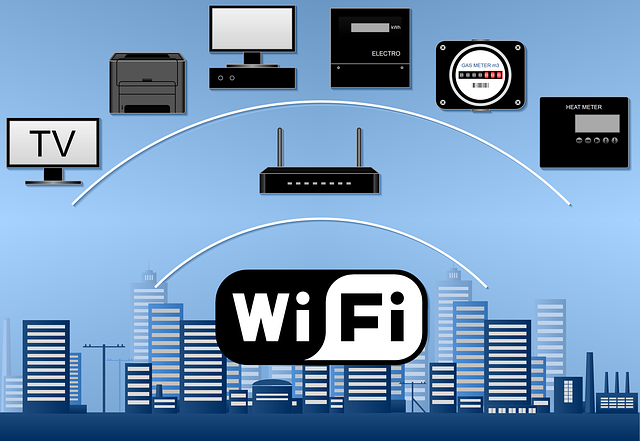Litecoin, often termed "digital silver" to Bitcoin's "digital gold," utilizes the Scrypt hashing algorithm in its Proof-of-Work (PoW) system, contrasting Bitcoin's SHA-256. This approach facilitates decentralized mining and enhances network security through complex computational requirements. Litecoin's faster block generation time of approximately 2.5 minutes versus Bitcoin's 10 minutes offers quicker transaction confirmations, improved scalability, and reduced waiting periods, making it a more efficient choice for peer-to-peer payments. As blockchain technology evolves, Litecoin aims to further enhance its PoW capabilities, focusing on scalability and energy efficiency, while maintaining robust security and decentralization to solidify its position as a versatile digital currency.
“Dive into the inner workings of Litecoin, a prominent cryptocurrency, as we unravel its unique Proof-of-Work (PoW) system. This article offers an exclusive look at how Litecoin’s mining process compares to Bitcoin’s in terms of security and efficiency.
From understanding the algorithm to exploring network scalability, we’ll dissect the measures that ensure Litecoin’s integrity. Furthermore, we’ll discuss potential future advancements in its PoW system, shedding light on why Litecoin remains a standout in the cryptocurrency landscape.”
- Understanding Litecoin's Proof-of-Work Algorithm
- Security Measures in Litecoin's Mining Process
- Efficiency Comparison: Bitcoin vs Litecoin
- The Impact on Network Scalability and Speed
- Exploring the Future of Litecoin's Proof-of-Work System
Understanding Litecoin's Proof-of-Work Algorithm

Litecoin, often referred to as “digital silver” to Bitcoin’s “digital gold,” employs a unique Proof-of-Work (PoW) algorithm designed to enhance both security and efficiency compared to its Bitcoin counterpart. Unlike Bitcoin’s SHA-256 hashing algorithm, Litecoin utilizes the Scrypt approach, which focuses on different computational challenges. This change was intentional, aiming to make mining more accessible and decentralized by preventing specialized hardware dominance, a concern with Bitcoin’s mining landscape.
Scrypt involves solving complex mathematical equations, requiring significant computational power. While this ensures the network’s security, it also contributes to Litecoin’s faster block generation time—approximately 2.5 minutes—as opposed to Bitcoin’s 10-minute average. This rapidity not only makes Litecoin transactions more immediate but also adds a layer of resilience to its network, as blocks are verified and added to the blockchain at a quicker rate.
Security Measures in Litecoin's Mining Process

Litecoin, like Bitcoin, relies on a robust mining process secured through Proof-of-Work (PoW). This mechanism ensures that transactions are validated and added to the blockchain securely. In Litecoin’s case, the security measures involve several key elements. First, it utilizes a different hashing algorithm called Scrypt, which is more computationally intensive than Bitcoin’s SHA-256. This makes it harder for specialized mining hardware to dominate the network, promoting a more decentralized mining ecosystem. Additionally, Litecoin blocks are generated more frequently—approximately every 2.5 minutes compared to Bitcoin’s 10-minute interval. This faster block time enhances security by making it less rewarding for malicious actors to manipulate transactions or engage in attacks like the 51% attack.
Efficiency Comparison: Bitcoin vs Litecoin

In terms of efficiency, Litecoin presents several advantages compared to Bitcoin. One key difference lies in their block times and transaction speeds. Litecoin’s shorter block time of 2.5 minutes allows for faster confirmation of transactions, making it more suitable for everyday payments. This rapidity is achieved through a reduced block size and a different hashing algorithm, Scrypt, which is considered more accessible than Bitcoin’s SHA-256.
Additionally, Litecoin’s network has demonstrated higher transaction throughput. Due to its lighter data requirements and faster block generation, the Litecoin network can process more transactions per second, offering an efficient alternative for those seeking faster and cost-effective digital currency operations, especially in the context of global financial systems.
The Impact on Network Scalability and Speed

Litecoin, like Bitcoin, relies on Proof-of-Work (PoW) consensus algorithm to ensure network security and maintain its decentralized nature. However, unlike Bitcoin that has a block time of 10 minutes, Litecoin boasts a faster block generation time of just 2.5 minutes. This significant difference has a direct impact on network scalability and speed. With shorter block times, Litecoin can process transactions more rapidly, allowing for quicker confirmations and reduced waiting periods for users.
The enhanced speed also contributes to better network efficiency. As more transactions are confirmed in less time, the potential for congestion decreases, ensuring that the network remains responsive and accessible. This advantage is particularly beneficial for everyday transactions, where swift transaction speeds can significantly improve user experience and make Litecoin a more appealing choice for peer-to-peer payments compared to Bitcoin.
Exploring the Future of Litecoin's Proof-of-Work System

Litecoin, often referred to as the “silver to Bitcoin’s gold,” has been a pioneer in the cryptocurrency space since its inception in 2011. One of its key distinctions from Bitcoin lies in its proof-of-work (PoW) system, which offers both security and efficiency advantages. As technology evolves, exploring Litecoin’s future in this regard is essential. With ongoing developments in blockchain technology, there’s a growing interest in understanding if Litecoin can adapt and improve its PoW further, potentially setting new standards for the industry.
The future of Litecoin’s proof-of-work system may involve transitioning to more advanced consensus algorithms or tweaking existing ones to enhance scalability and energy efficiency. This evolution could be driven by the need to accommodate a growing user base and transactions volume while maintaining the network’s security and decentralization. By staying at the forefront of these innovations, Litecoin has the potential to continue its legacy as a versatile and secure digital currency.
Litecoin, a pioneer in the cryptocurrency space, offers a unique approach to proof-of-work (PoW) consensus through its tailored algorithm. This article has explored Litecoin’s PoW system, highlighting its security features and efficiency gains over Bitcoin. By employing a different hashing algorithm and block size, Litecoin enhances network scalability and transaction speed. The future of Litecoin’s PoW system looks promising, potentially leading to further improvements in the cryptocurrency’s already robust security and efficiency.







Leave a Reply